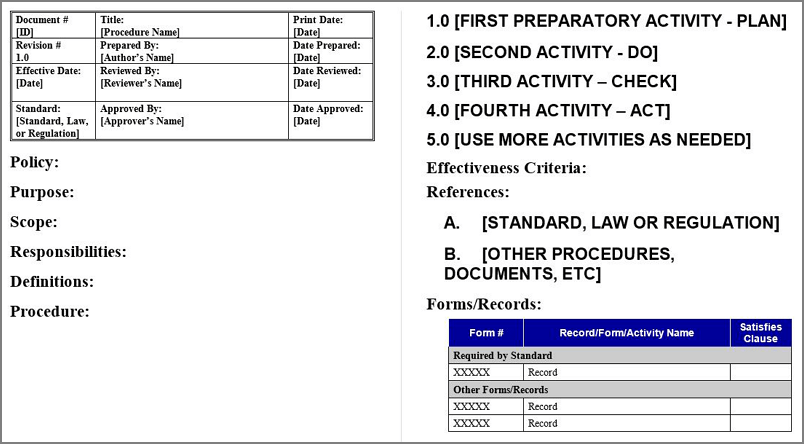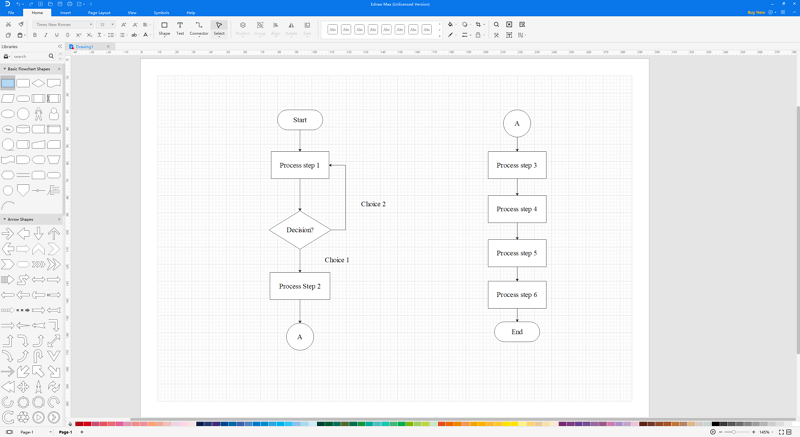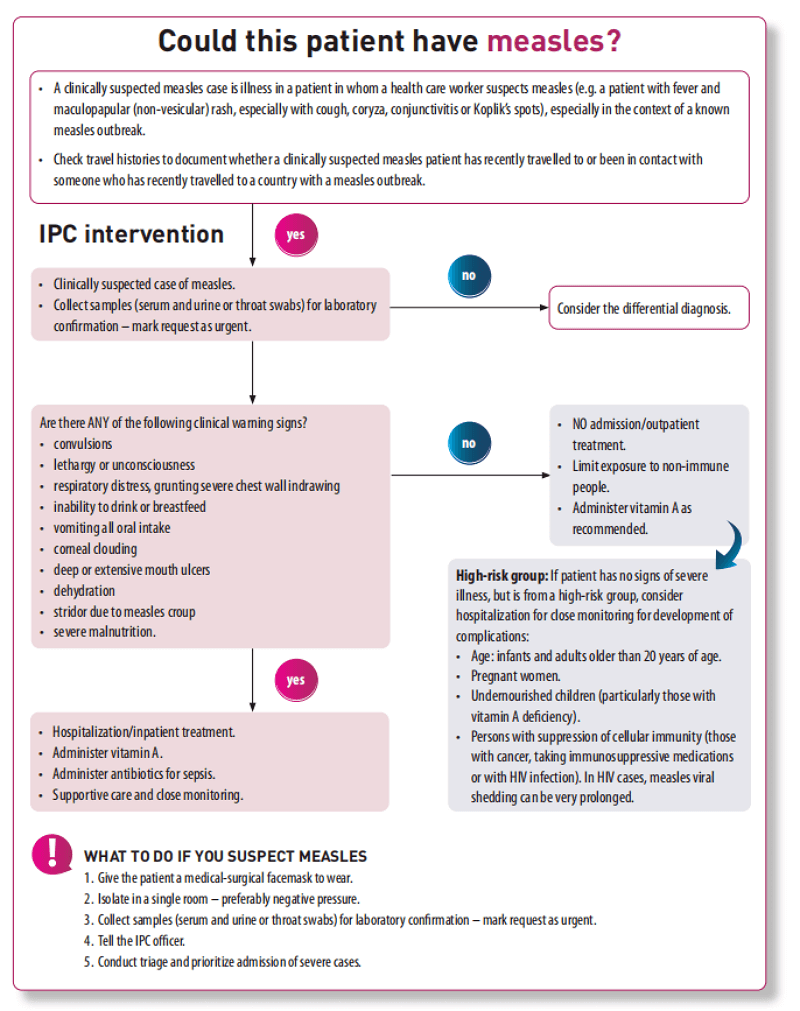How to Write a Standard Operating Procedure(SOP)
Create a SOP Online Free Free Download Free Download Free Download Free DownloadWhat is Standard Operating Procedure (SOP)?
If you are in charge of running a business, chances are you have heard of the term Standard Operating Procedure, or SOP. But what does it really entail, and why should it matter to you?
Simply put, SOPs are a set of thorough instructions that outline how certain tasks or processes are to be performed. Whether the task is a basic or complex one, a good SOP will ensure that tasks are performed in accordance with considered steps. The user will be guided through each step, with clear and precise instructions detailing how he/she can go from point A to point B.

Image Source: templatelab
Standard operating procedures typically come in 3 formats:
- Step-by-step format
This is best suited for simple tasks or processes, such as installing a piece of software onto a computer. Short, simple steps outline what has to be done to achieve the desired outcome.
- Hierarchical step format
Similar to the step-by-step format, but with sub-steps for greater detail. Perfect for elaborating on a certain step, and providing the user with additional instructions or alternatives. For example, step 1 instructs the user to connect to WiFi, and sub-step 1a instructs users to input the username and password.
- Flowchart format
Most suited for tasks where multiple outcomes, or multiple paths to one outcome, are possible. An example can be seen in the image below.

Image Source: Edraw Max
As per Image 1, there is more than one possible outcome at the Decision step. The flowchart format has the added benefit of using images and shapes to instruct the user on what to do if they pick Choice 1 or Choice 2.
Why does a company need an SOP?
When it comes to performing any task, there is likely to be misalignment in terms of how that task will be performed. The larger the organization, and the more complex the task, the worse the problem may become.
An effective SOP helps to systemize processes. All team members involved are aligned and following the same steps to achieve the same outcome. This, in turn, will iron out confusion and inefficiencies. In addition, having your team follow an SOP has the added benefit of ensuring consistency in performing a certain task. This is particularly important when it comes to the production of products, where consistency of quality is key and is best achieved when everyone is following the same steps.
An SOP consolidates an organization’s methods and processes. It serves as an important “knowledge bank” for all current and future team members to access. This becomes particularly important for onboarding and training purposes, ensuring that all team members follow the same steps and procedures.
How to create an SOP?
Follow these guidelines on how to write a good SOP.
1. Aim:
Before you start drafting an SOP, ask yourself: what is the ultimate goal you are trying to achieve with it? Is it to streamline a production process? Will it ensure safety standards are being met? Will it be used for training purposes? Having a clear goal in mind will give you a better idea of which format to adopt and the kind of content that needs covering.
2. Pick a format:
As discussed above, this will depend on the simplicity or complexity of the task, and the number of steps involved. For basic, short processes a step-by-step format will suffice. Processes that are a bit more complex - usually with ten or more steps - and require a bit more elaboration should use a hierarchical format. Complex processes with multiple outcomes, or multiple paths to one outcome, are best illustrated using the flowchart format. Take into account how advanced or knowledgeable your audience is - if they are experts in a field, perhaps a simple step-by-step format with little elaboration will do.
3. User-friendliness:
When thinking of how to write an SOP, put yourself in the reader’s shoes. A good starting point is to assume the reader knows nothing about the process you are describing, meaning you must use language that is widely understood by people of all backgrounds and education levels. Use a conversational tone to keep the reader engaged. Jargon should be used sparingly to avoid overwhelming the reader.
4. Seek expert advice and knowledge:
In order to write the best SOP possible, you must possess or have access to expert knowledge in the relevant fields. Drafting an SOP without this could lead to inaccurate information being conveyed to your team members, which in turn could compromise the quality of the outcome or the safety of the team members involved. Interviewing different experts, having them verify your SOP, and actually performing the procedures yourself are just some of the ways you can ensure your SOP is as solid as possible.
There are three aspects are included for writing an SOP:
- Structure
- Style and Presentation
- Final checks and implementation
1. Structure
Each SOP will vary depending on the nature of the process and its complexity. Here is an outline of an SOP that you could adapt to your own process.
(1) Cover:
This section should include elements such as the title, date, relevant organization department, and company names and numbers for administrative purposes, if necessary.
(2) Contents:
Outline the key sections that are to be covered. If the process is a short and straightforward one, this can be skipped.
(3) Structure:
- SOP scope: introduce the process, how it is to be used, and what it achieves.
- Procedure steps: list out the steps numerically or by bullet points. Be as precise as to what has to be done, using what equipment, and taking into account safety precautions (sub-point D)
- Defining jargon and complex terminology.
- Safety precautions: in a separate section, highlight what health and safety precautions must be noted during the process.
- Equipment: what is needed and where it can be found.
- Troubleshooting: f.point out potential obstacles and how to get around them.
(4) Quality control:
Provide the user with resources and statistics, so they know that they have achieved the desired result.
(5) References:
Credit works or materials cited.
2. Style and Presentation
Keep the ‘KISS principle’ - Keep It Simple, Stupid - in mind. Make sure your sentences are short and to the point.
Use diagrams, images and flow charts to illustrate and simplify complex instructions. This also has the added benefit of engaging the reader.

Image Source: Example of the Use of Flowchart from World Health Organization
3. Final checks and implementation
Perform a test run using the SOP you have drafted, and have it be verified by a user who will actually perform the procedure. Do the steps make sense and flow logically? Have you missed out any key pieces of information? Are any parts lacking in detail? Doing these two things will allow you to spot any deficiencies in your draft.
Once your SOP has been approved, make sure to keep it up-to-date regularly. Some changes that need regular updating are technology and personnel.
Conclusion
Ultimately, a clear and effective SOP will serve as an important instructional and onboarding tool for team members and employees of various degrees of experience. Use this guide on how to write a standard operating procedure to ensure that your organization adheres to best practices at all times, improves efficiency and productivity.




